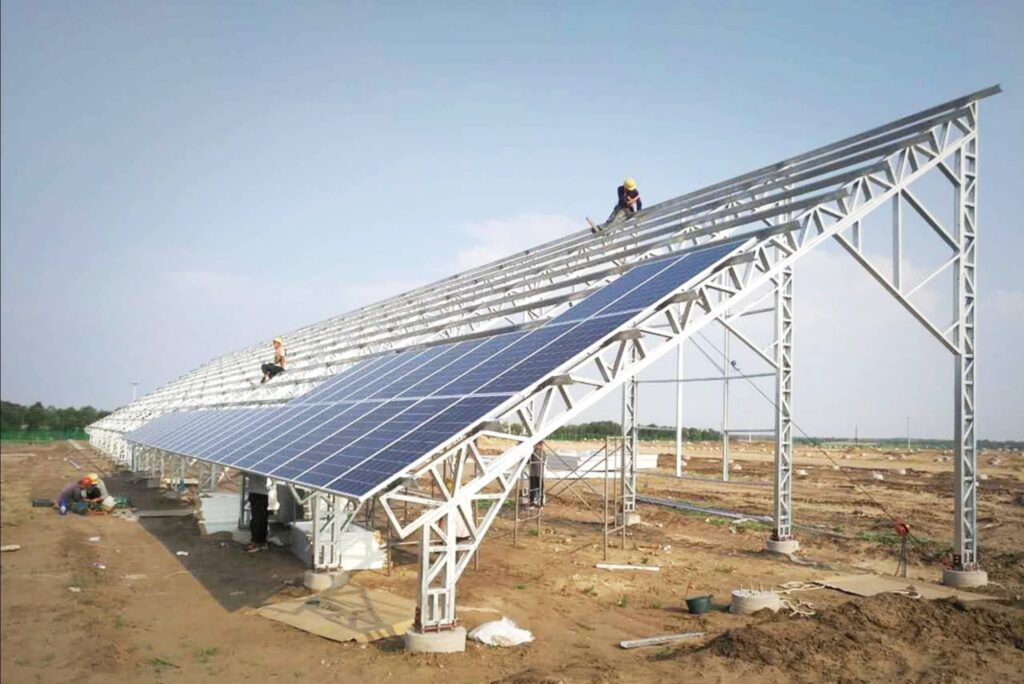Solar panels are typically designed to have a frame and edges for several practical reasons related to their structural integrity, efficiency, and safety. Here’s why leaving edges and using frames is important for solar panels:
- Structural Integrity: The frame around the solar panels provides structural support and helps protect the fragile photovoltaic cells from physical damage, such as impacts or bending. The frame adds rigidity to the panel, which is especially important when handling and installing the panels, as well as when they are subjected to wind, snow, and other environmental stresses.
- Preventing Microcracks: Solar panels are made up of multiple photovoltaic cells connected in a series or parallel arrangement. These cells are delicate and can be prone to microcracks, which can occur due to mechanical stress. The frame helps distribute external forces and minimize the risk of microcracks forming in the cells.
- Reducing Shading: When solar panels are installed in an array, having a frame with edges allows for a small gap between panels. This gap helps prevent shading from one panel onto another. Shading can significantly reduce the overall efficiency of the solar panel system, as shaded cells produce less power, affecting the entire array’s performance.
- Water Drainage and Cleaning: The frame elevates the solar panels slightly above the mounting surface, allowing water to drain away from the panel’s surface. This helps prevent water accumulation and potential damage. Additionally, the frame provides a border that facilitates cleaning, as debris can be easily swept off the panels without getting trapped against the edges.
- Air Circulation and Cooling: A small gap between the panel and the mounting surface created by the frame allows air to circulate around the panel. This natural ventilation helps dissipate heat and prevents overheating, which can negatively impact the efficiency and lifespan of the solar cells.
- Installation and Wiring: The frame and edges of the solar panels provide space for mounting hardware and wiring connections. This ensures that the panels can be securely attached to the mounting structure and that cables can be routed properly without interfering with the panels’ performance.
- Aesthetics: Frames can enhance the appearance of solar panels and give them a more finished and professional look. This can be particularly important for residential installations where aesthetics matter.
It’s important to note that while the majority of solar panels have frames and edges, there are frameless solar panels available as well. These panels lack the traditional frame and have a more streamlined appearance. Frameless panels are often used in architectural applications and can be integrated more seamlessly into certain building designs.
Ultimately, the decision to use framed or frameless solar panels depends on factors such as the intended installation location, aesthetic preferences, and the specific requirements of the project.


